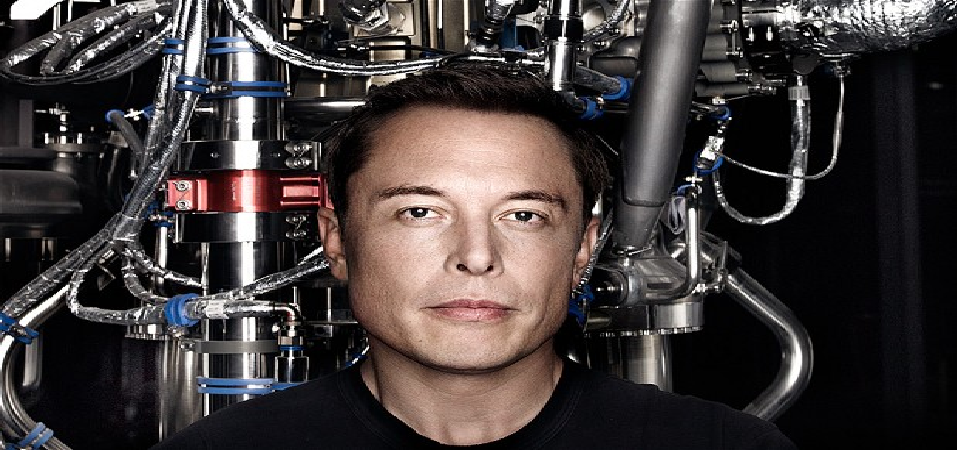On Tuesday, 29th October, 2019, Lai Mohammed, the Nigerian Minister of Information, made it known that the Nigerian government is planning to regulate the use of social media. This, he asserts, became necessary as a result of the high rate of fake news and hate speeches circulated through the social media.
As expected, Nigerians didn’t receive this news with relish. They used different platforms to express their distaste and distrust for the incumbent government. Some went as far as seeing this ‘regulation’ as an onset of dictatorship, after all they should be free to express themselves.
But if you sit back and look at this critically, you may find out that there may be need for the enactment of laws that will monitor and control what is posted on social media. This isn’t just for the government benefit but also for individuals. For example, regulating the use of the social media may reduce the rate at which scammers hunt and defraud their victims. Regulating the social media may also reduce the rate of character defamation and blackmails that is on the increase these days. It is also possible that regulating the social media may make the platform less toxic and destructive.
So, why then are Nigerians uncomfortable with the news?
If you check the different posts and comments raised by Nigerians in different platforms concerning this issue, you will only see one thing – “fear of being suppressed”. Nigerians are truly afraid that the government wants to suppress their voice. They saw the social media as the only platform where they can make their grievances known to both the local and the international bodies. Social media is the only means through which Nigerians can easily and efficiently communicate to the government. It is the most effective means of obtaining and disseminating information. So, when Lai Mohammed brought up the social media regulatory issue again, Nigerians became suspicious of the intentions of the incumbent government.
Nigerians are also sceptical about the regulation of social media because they have not witnessed any hate speeches or fake news (at least not in a long time) that will warrant this decision. So calling for its regulation seems way out of place. If you truly weigh situation of things right now, you won’t blame anyone who believes that the federal government wants to gag Nigerians.
But, it is possible that the Federal Government (FG) meant well for Nigerians. It is possible that they want to protect Nigerians through regulating what is sent into the air waves. It is also possible that Nigerians will benefit if the social media is truly regulated. But, the FG needs to convince Nigerians first. They need to win the hearts of Nigerians. They have so many things to do and consider before continuing with the regulation plan. Here is the basis for this write up – what Lai Mohammed and his team need to do to convince Nigerians that regulating the social media is necessary.
THINGS NIGERIAN GOVERNMENT SHOULD DO
Below are some of the questions the FG needs to answer before continuing with the social media regulation plan.
1. What is Hate Speech?
It is not enough to tell Nigerians that hate speech is circulated through the social media when they have not been told what hate speech is. Different people can interpret that term differently. For this, the FG needs to clear up the air on what is and what is not hate speech. One thing Nigerians will want to know here is if going to the social media to voice out their grievances against the government or private individuals is also an aspect of hate speech. Nigerian government needs to explain in its minutest details, what it considers hate speech to entail. There is serious need to disambiguate that term so that people will know what they are expected to do or not.
2. What is Fake News?
How can Nigerian government brand a piece of information as fake? How can one determine that the circulating news isn’t a product of investigative journalism? The Nigerian government needs to convince the Nigerian citizens that fake news involves malicious stories released into the air to cause havoc and instability. They also have to release parameters that will be used to check on whether the news in question is true or not. They have to convince Nigerians that investigative reporters will not be victimised by this law.
3. Who is the Regulation Protecting?
This is the heart of the matter? So, who is this intended regulation actually protecting? If the regulation is designed to protect government officials, who are lax in their duties or corrupt, then the regulation may not hold. If the regulation is meant to address only government related matters, then it will be faulted. If the regulation isn’t designed to protect every single Nigerian – rich and poor, educated and non-educated, male and female, high and low – then, expect serious outcry from Nigerians. As stated earlier, this regulation should be designed to also reduce the rate of cybercrime, blackmail, character defamation and any other thing that violates their human person. So, let the Nigerians be told who the regulation is protecting.
4. Why must there be a Regulation?
There is need to convince Nigerians that this regulation is necessary. They need to be convinced that it is only through the FG control of what is posted on the social media that sanity could be brought into that platform. They need to see how havoc can be created as a result of malicious messages sent through the social media (and of course there are many of them).
Looking at this, it may be possible that what Nigerians actually need isn’t regulation but sensitization on the proper use of the social media. However, let the Minister of Information and his team try harder to state why this regulation is the only way the social media can be ‘sanitised’.
As can be seen, it is easier to convince Nigerians to accept regulation of social media if only the agency concerned enlightens Nigerians more on what they plan to fight against. The incumbent government should also give Nigerians reasons to trust its decisions regarding their (the Nigerians’) welfare. For this, if the master plan for this regulation about to be established doesn’t include protecting EVERY Nigerian, then it needs to be revisited. Else, the proposal will be kicked out, again.






